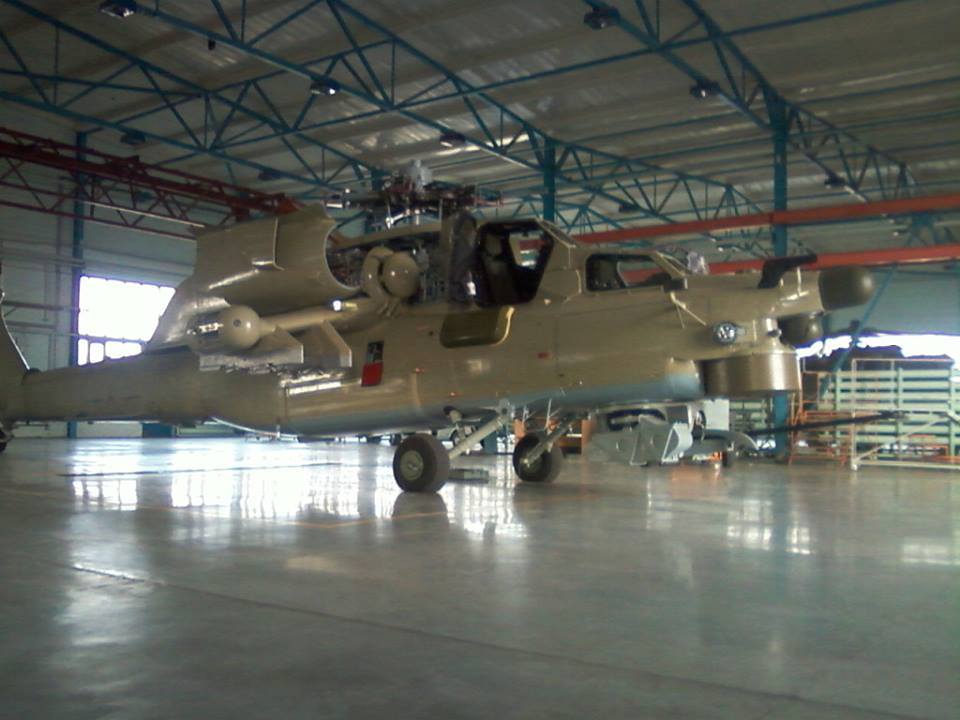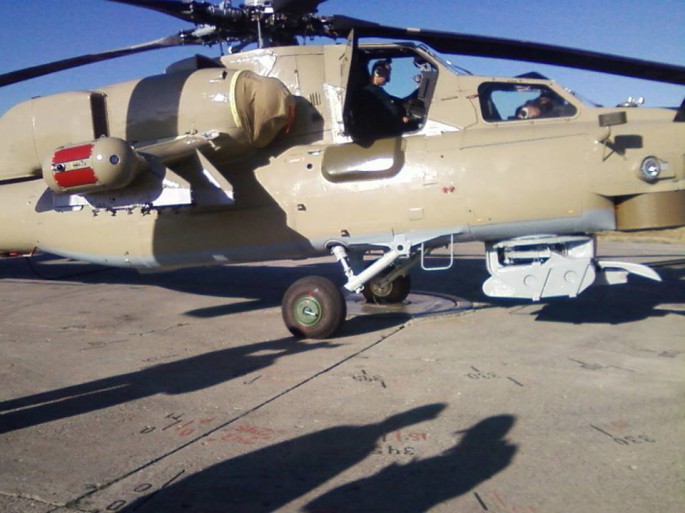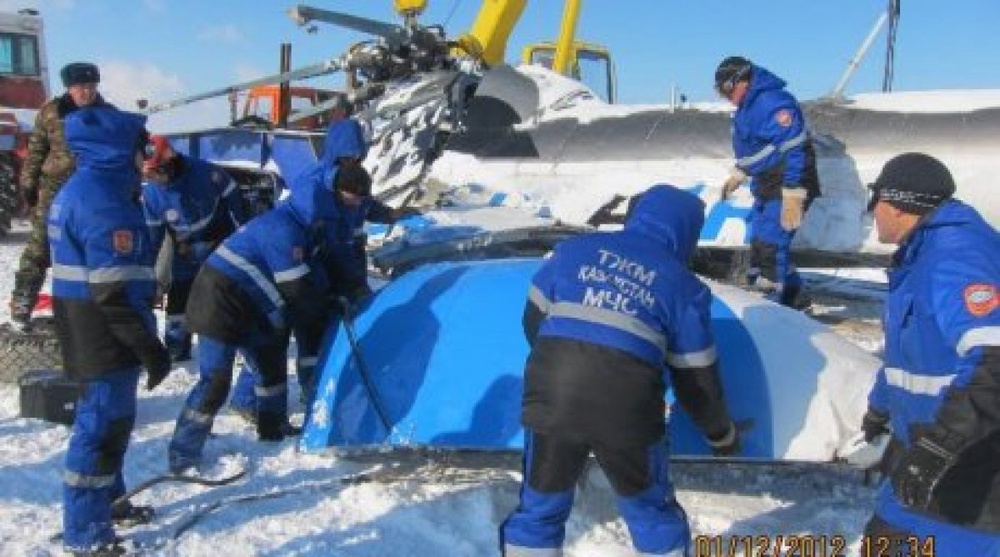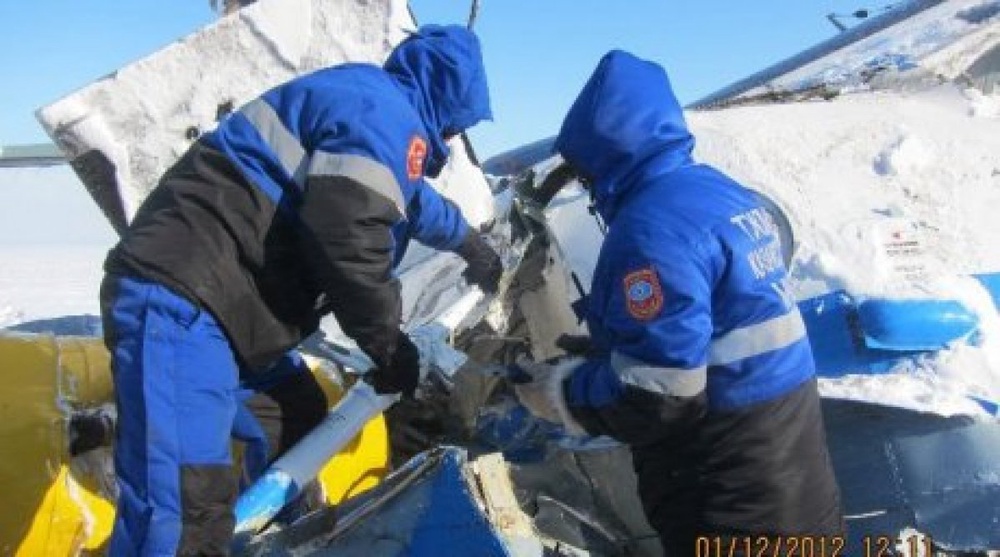Azerbaijan acquires new attack inventory
http://www.azernews.az/azerbaijan/63601.html
By Nazrin Gadimova
Azerbaijan has bought 24 Russian-made Mi-35M attack helicopters, ordered in September 2010.

The country has also purchased Mi-35M simulators for training pilots. Delivery of Mi-35M helicopters ordered by the country's State Border Service began in December 2011.
The Mi-35M, a multi-role combat helicopter manufactured by Rostvertol, a subsidiary of Russian Helicopters, is an export variant of Mi-24 Hind attack helicopter, primarily designed for attack and military transport missions.
The production of Mi-35M started in 2005. The aircraft integrates modern high-precision weaponry for destroying ground-based armoured targets and providing air support for ground missions. It can be modified as an attack, ground assault, medical evacuation (MEDEVAC) or transport platform.
This helicopter has an overall length of 21.6 meters, wingspan of 6.5 meters and height of 6.5 meters. Its takeoff weight in ferry configuration is 12,000kg, while it can carry eight troops or a payload of 2,400kg.
The Mi-35M is one of the modern combat helicopters in the Russian Air Force inventory, and also operated by the armed forces of Venezuela, Brazil and Azerbaijan.
Azerbaijan has bought 24 Russian-made Mi-35M attack helicopters, ordered in September 2010.

The country has also purchased Mi-35M simulators for training pilots. Delivery of Mi-35M helicopters ordered by the country's State Border Service began in December 2011.
The Mi-35M, a multi-role combat helicopter manufactured by Rostvertol, a subsidiary of Russian Helicopters, is an export variant of Mi-24 Hind attack helicopter, primarily designed for attack and military transport missions.
The production of Mi-35M started in 2005. The aircraft integrates modern high-precision weaponry for destroying ground-based armoured targets and providing air support for ground missions. It can be modified as an attack, ground assault, medical evacuation (MEDEVAC) or transport platform.
This helicopter has an overall length of 21.6 meters, wingspan of 6.5 meters and height of 6.5 meters. Its takeoff weight in ferry configuration is 12,000kg, while it can carry eight troops or a payload of 2,400kg.
The Mi-35M is one of the modern combat helicopters in the Russian Air Force inventory, and also operated by the armed forces of Venezuela, Brazil and Azerbaijan.
http://www.azernews.az/azerbaijan/63601.html














Comment